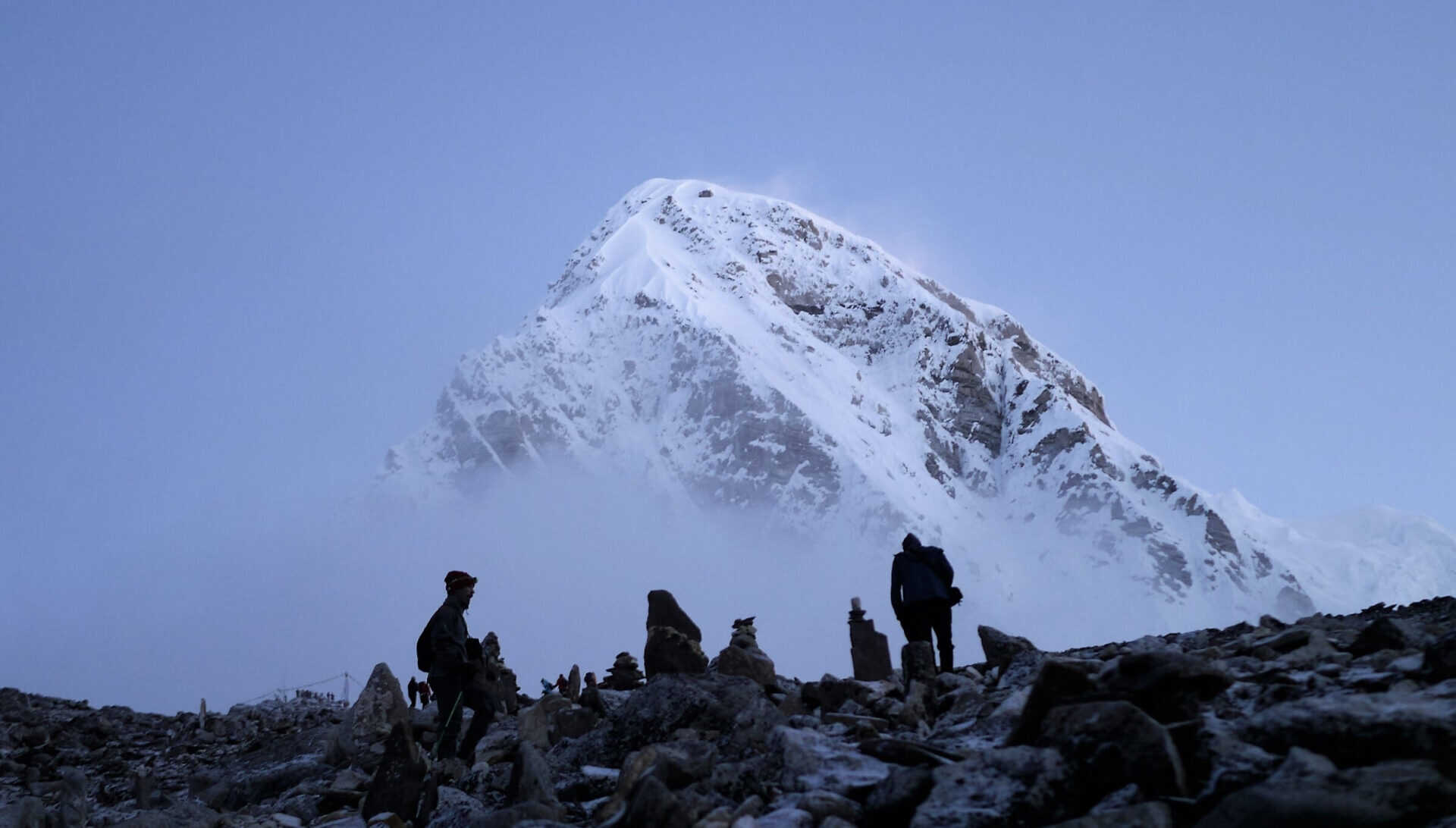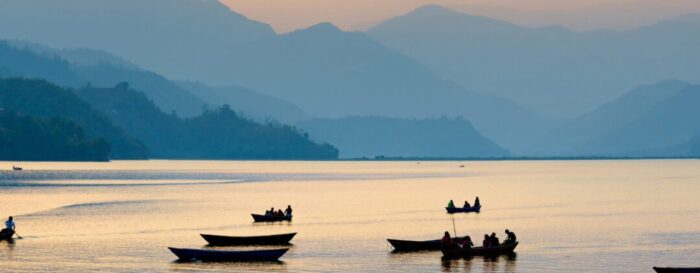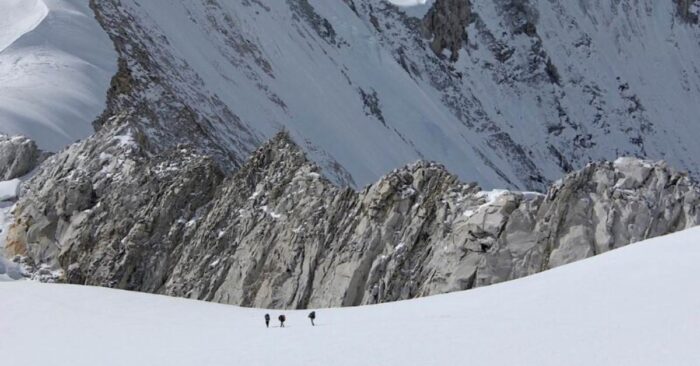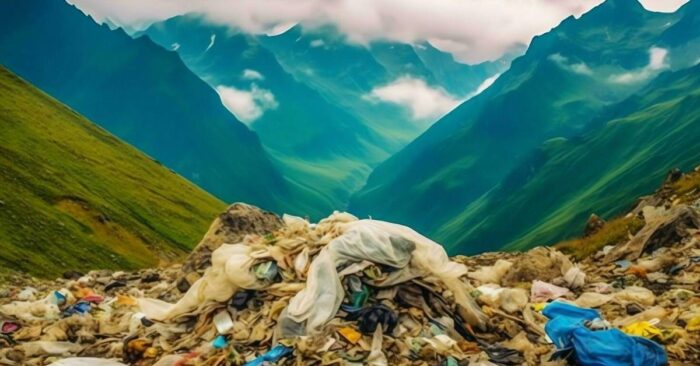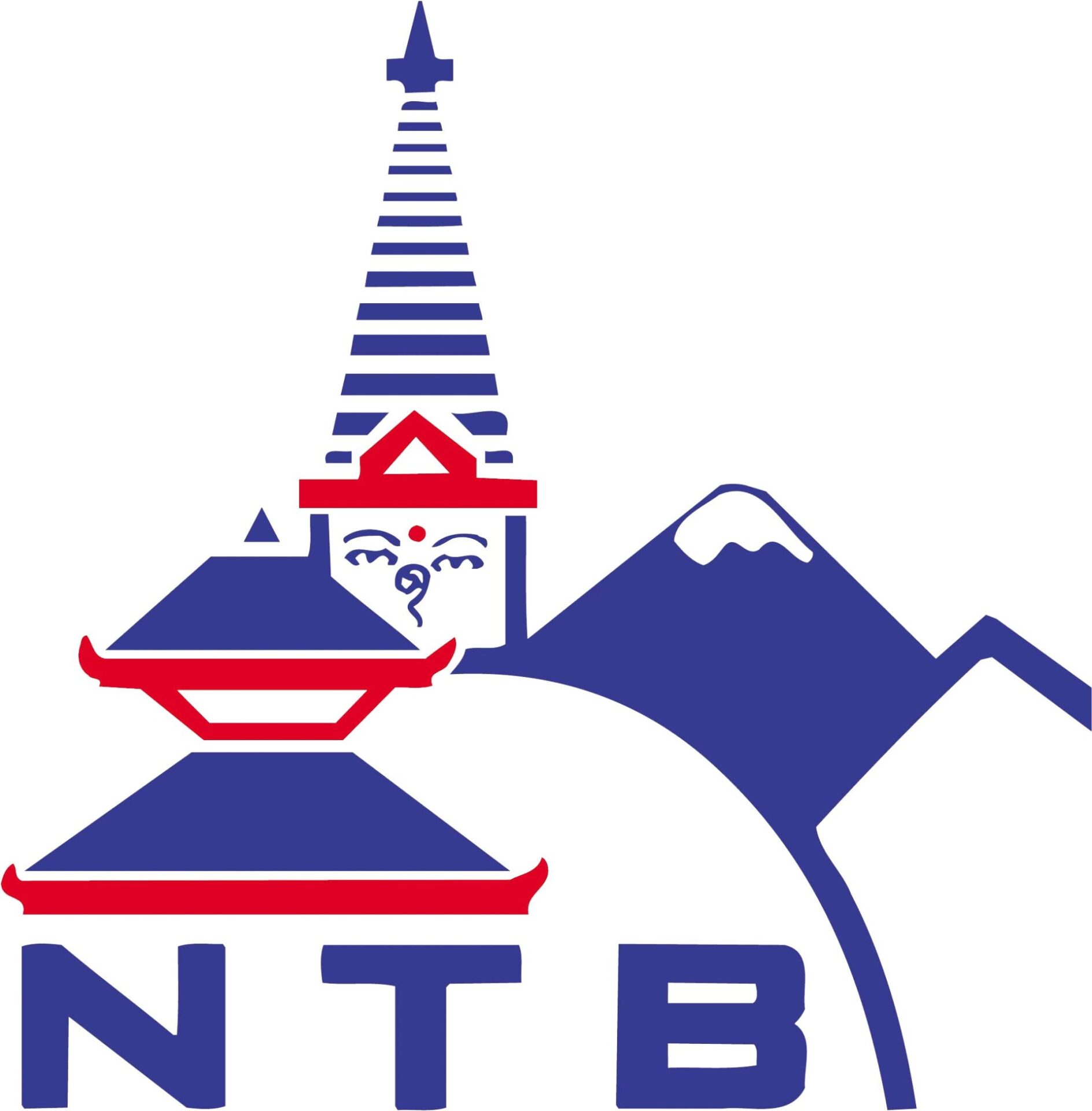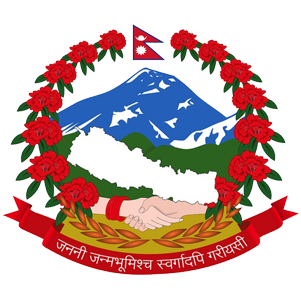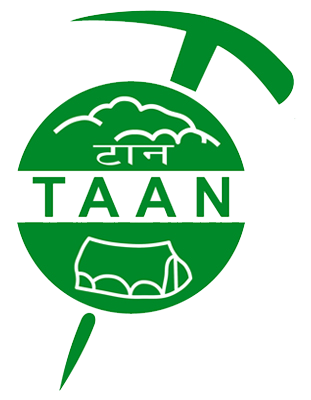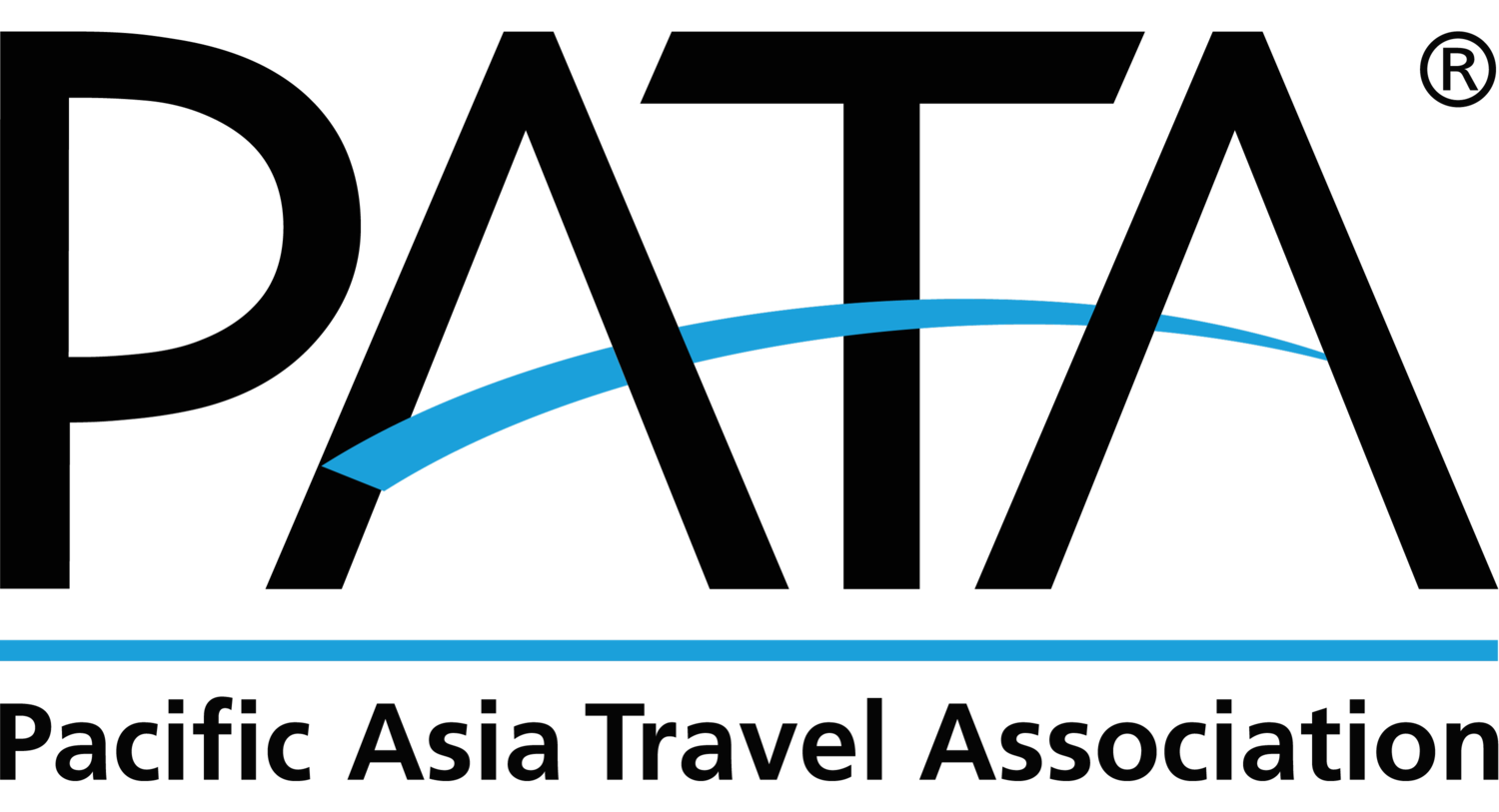The Everest Region is situated in the northeastern part of Nepal. The region is named after Mt. Everest, the highest mountain in the world. The Everest Region trek is one of the most iconic and sought-after trekking destinations in the world, offering breathtaking landscapes, rich cultural experiences, and the chance to witness the world’s highest peak, Mount Everest. The Everest Region is home to diverse ethnic groups of Sherpa people. Trekkers can get the opportunity to explore the popular and charming Khumbu valley, which offers picturesque villages and terraced fields. The route passes from subtropical forests to alpine meadows with rich biodiversity and diverse flora and fauna in Sagarmatha National Park. Sagarmatha National Park, a UNESCO World Heritage Site, showcases diverse flora and fauna against the backdrop of towering peaks. The trail provides an opportunity to explore Buddhist monasteries, prayer flags, and traditional Sherpa culture. The Everest Region offers a unique blend of natural beauty, cultural richness, and adventure, making it a bucket-list destination for trekkers and mountaineers worldwide.
Few Popular Everest Treks
The Everest Region is renowned for its spectacular treks, offering stunning landscapes and the chance to witness the world’s highest peaks. Here are a few popular treks in the Everest Region:
Everest Base Camp Trek:
A classic journey that takes trekkers into the heart of the Khumbu region is the Everest Base Camp Trek. The trek starts with a scenic flight to Lukla and winds through picturesque Sherpa villages like Namche Bazaar, Tengboche, and Dingboche. Climbing through rocky paths, suspension bridges, and rhododendron forests, trekkers ascend the difficult terrain until they reach Mount Everest’s base camp, the highest peak in the world. The trail offers breathtaking views of Mt. Everest, Mt. Lhotse, Mt. Cho Oyu, Mt. Nuptse, and other snowcapped Himalayas and provides insight into Sherpa culture and traditions.
Gokyo Lakes Trek:
Discover the pristine Gokyo Valley and its turquoise glacial lakes on the fascinating Gokyo Lakes Trek. The trek includes a visit to Gokyo Ri, which provides stunning panoramic views of Mt. Everest, Mt. Cho Oyu, and Mt. Makalu. Trekkers follow the Dudh Kosi River, passing through traditional Sherpa villages like Namche Bazaar and Dole. A series of Gokyo Lakes, each with its own unique charm, make up this trek’s tranquility. The trek can also involve crossing the challenging Cho La Pass, adding an adventurous element to the journey, or choosing a simple route. It’s a more peaceful alternative to the Everest Base Camp Trek, offering peaceful landscapes and a chance to witness the region’s unique flora and fauna.
Three Passes Trek:
The Three Passes Trek is a challenging and exhilarating adventure that takes trekkers across three high mountain passes: Kongma La, Cho La, and Renjo La. This trek combines the greatest attractions of the Everest Base Camp and Gokyo Lakes treks. Trekkers experience the incredible beauty of Everest and its neighboring peaks, visit iconic landmarks like Everest Base Camp and Gokyo Ri, and cross challenging passes that offer breathtaking views. The trail also passes through remote Sherpa villages, providing a deep cultural immersion.
Everest Panorama Trek:
The Everest Panorama Trek, also known as the Everest View Trek, is a shorter yet rewarding journey. This trek is perfect for those with limited time who still want to experience the beauty of the Everest region. The trek starts with a flight to Lukla and includes a walk to the region’s cultural center, Namche Bazaar. Trekkers proceed to the Everest View Hotel, which offers incredible views of Mt. Ama Dablam, Mt. Everest, and other peaks. The trek provides a glimpse into Sherpa culture, passing through traditional villages and monasteries.
Pikey Peak Trek:
The Pikey Peak Trek is a less-traveled route that offers a unique perspective of the Everest region. This trek leads trekkers to the summit of Pikey Peak, known for its stunning sunrise and panoramic views of Mt. Everest, Mt. Makalu, and other massive Himalayans. The trail passes through rhododendron forests, charming villages, and terraced fields. Pikey Peak is a sacred site for the local Sherpa community, and the trek provides an opportunity to experience their traditions and hospitality.
Permits and regulations
While trekking in the Everest region of Nepal, trekkers need to have specific permits and follow regulations to ensure a peaceful and responsible trekking experience. The purpose of the permits is to facilitate conservation efforts, control the movement of trekkers, and offer security.
Sagarmatha National Park Permit
A Sagarmatha National Park Permit is a mandatory requirement for entering the national park, where the majority of the Everest Region trekking takes place. This permit can be obtained from the Nepal Tourism Board in Kathmandu or Monjo, the entrance gate to Sagarmatha National Park. The permit fee varies for foreigners and SAARC (South Asian Association for Regional Cooperation) nationals and is set by the National Park authorities.
Khumbu Rural Municipality Permit
Trekkers are also required to obtain a Khumbu Rural Municipality Permit. This permit is essential for trekking in specific areas within the Khumbu region. The Khumbu Rural Municipality Permit can be obtained at the Khumbu Pasang Lhamu Rural Municipality office in Namche Bazaar.
TIMS (Trekkers’ Information Management System) card
While the TIMS card is a common requirement for trekking in Nepal. It is issued by the Tourism Board and serves to keep records of trekkers for safety and security purposes. Trekkers can obtain the TIMS card through the Tourism Board office or authorized agencies.
Best time to trek
The best time to trek in the Everest region is during the spring and autumn seasons. Trekking is most popular during the spring, which runs from March to May. The weather is stable, with clear skies and comfortable temperatures. The rhododendron blooms give the landscapes vivid colors during this time, and the views of Everest and the surrounding peaks are at their best. Another great time to go trekking is in the autumn season, which lasts from September to November. At this time of year, the weather is clear and crisp. The mild weather and mostly dry trails offer superb views of the breathtaking Himalayan vistas. Both seasons provide a rewarding trekking experience with pleasant weather, making them ideal for exploring the Everest region’s diverse landscapes and cultural treasures.
Accommodation and facilities
In the Everest region, trekkers can find accommodation in the form of teahouses and lodges along the trekking routes. These accommodations provide simple but cozy amenities, such as private rooms with shared bathrooms or dorm-style accommodations. Teahouses are an important part of the trekking experience, providing a warm and friendly atmosphere. They typically serve meals, including traditional Nepali and international dishes, and some may offer facilities like hot showers and charging stations for electronic devices. Teahouses support the local economy and provide a special chance for cultural exchange with the welcoming Sherpa communities, although the degree of comfort varies, particularly at higher altitudes. In more developed areas like Namche Bazaar, better facilities such as internet cafes, bakeries, and even some small shops catering to trekking gear needs can be found. Trekkers are advised to be flexible and adaptable to the available amenities, embracing the simplicity of mountain life during their trek in the Everest region.
Fitness and altitudes
Trekking in the Everest region demands good physical fitness due to the challenging terrain and varying altitudes. Acclimatization to high altitudes is crucial, with Everest Base Camp situated at 5,364 m and passes like Cho La Pass, Renjo La Pass, and Kongma La Pass reaching even higher elevations. Trekkers should allow time for acclimatization, stay hydrated, and be aware of symptoms related to altitude sickness to ensure a safe and enjoyable journey.
Guides and Porters
When trekking in the Everest region, hiring local guides and porters is highly advised. Experienced guides ensure safe navigation and offer valuable knowledge of the culture and terrain, while porters lighten the load so that trekkers can enjoy the experience. The livelihoods of the local communities are supported by hiring these local experts, who also improve the trekking experience.
Packing Essentials
Because the weather can be quite unpredictable, bring reliable clothing for various weather conditions. It is necessary to wear sturdy trekking shoes with good ankle support. A first aid kit, sunscreen, a hat, trekking poles, water purification tablets, a backpack, a hat, and a warm sleeping bag appropriate for the altitude are additional necessities.
Respect Local Culture
Since Nepal is a culturally diverse country, respecting local customs is important. Learning a few basic phrases in Nepali, dressing modestly, and obtaining someone’s permission before taking their photo are all examples of displaying cultural sensitivity. Several villages have old temples and monasteries. While visiting these places, observe local customs and regulations.

